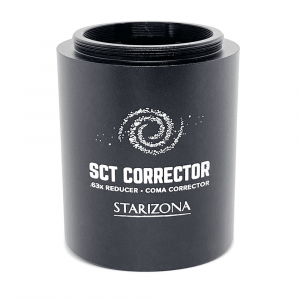
Table of Contents
The Starizona 0.63x SCT reducer and corrector is a phenomenal piece of equipment for demanding tasks on SCTs, such as deep sky astrophotography with large total integration times. It both decreases the focal length as with a standard reducer, while also flattening the field by eliminating the coma and other optical imperfections present with SCTs in particular. Although this thing isn’t cheap, I found great success with it. The most noteworthy aspect was how it provided a pain-free calibration experience with few discernible gradients that I’ve gotten with other setups. This leads toreally clean and manageable results, even with very high integration times. It is expensive, however, and not forgiving on the attachment methods, requiring a 2″ accessory receiver and giving M42 threads on the camera side rather than the common SCT threading.
Specs
This piece of equipment is not cheap, running right at $400 when I purchased it. It is available at many different vendors, including Starizona itself. There are multiple iterations of this reducer in existence and mine is version III.
This reducer attaches to the telescope side without any threading, but rather with an SCT to 2″ adapter. Some of these have click locks, and others have a thumbscrew. They’re the same hardware that would attach a 2″ diagonal or eyepiece to the back.
The camera side leaves M42 male threading (rather than the 2″ SCT threading that is on the back of many SCTs below 11″ apertures), which allows you to affix various rotators or off-axis guiders immediately afterwards, but not the standard T-adapter tube that is often used right on the SCT.
The backfocus distance (from the back of the reducer to the camera sensor) is very finicky (understandably) and should be measured to the nearest millimeter, using spacers as needed. I won’t provide this measurement here because it may vary between versions, however it should be clearly noted in the documentation for your purchase. The reducer ideally belongs as close to the telescope as possible, with a standard 2″ accessory connection to the scope being the closest option.
This adapter is compatible with many of the more common SCTS (particularly from Celestron or Meade) with non-internally-corrected optics; those with internal optical corrections, such as Celestron’s Edge varieties, are not compatible.
Strengths and Weaknesses
This is a serious piece of equipment, and one that is best used for high-exposure-time imaging of deep sky objects. Here are some of its strengths and weaknesses:
Pros:
- Phenomenal optics for gradient-free images when flats are used
- High quality materials with sturdy metal casing
- Includes caps for both sides (rare!) and a case
- Perfectly removes coma and provides desired focal reduction
Cons:
- Very expensive
- M42 back threading might not be ready to attach on setups that use SCT-threaded components like the common t-adapters
- Threadless attachment to the scope means loosening the connection can cause rotation. The “zero” angle should be marked for setups with rotators.
- Demanding backfocus distance, although this is expected
Performance
Most focal reducers will work fine for visual SCT work. However, where the cheaper ones start to fail is in astrophotography, particularly with large total integration times. Reducers without multiple optical elements will introduce tons of undesired gradients into the final stack, and they rarely correct coma either. This performance review will be in the context of these issues, particularly concerning the low gradient results and the coma correction, since it absolutely performs the desired focal reduction as it’s designed to do.
Coma Correction
When used at the correct back focus distance the improvement in coma (which is heavily present on my SCT) is essentially perfect, which I’ve seen on my 8se. Here are some single subframes using this reducer. They are almost completely free of processing or calibration (no flats, bias, etc.), aside from a quick hit of ABE in PixInsight and background neutralization. Click to see full resolution (half of the original, raw dimensions).
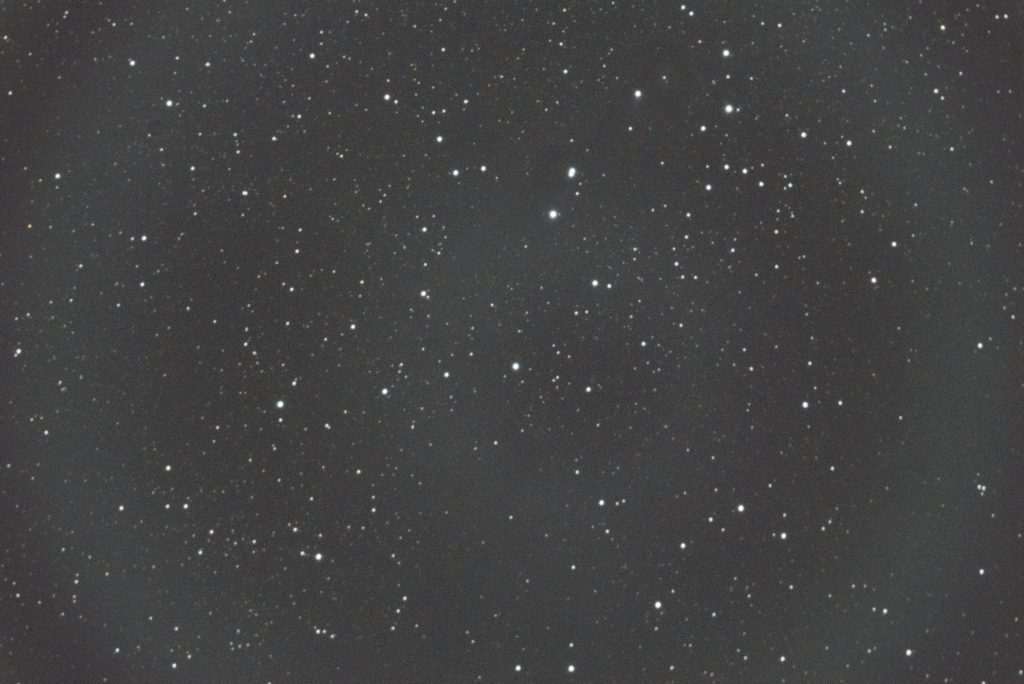
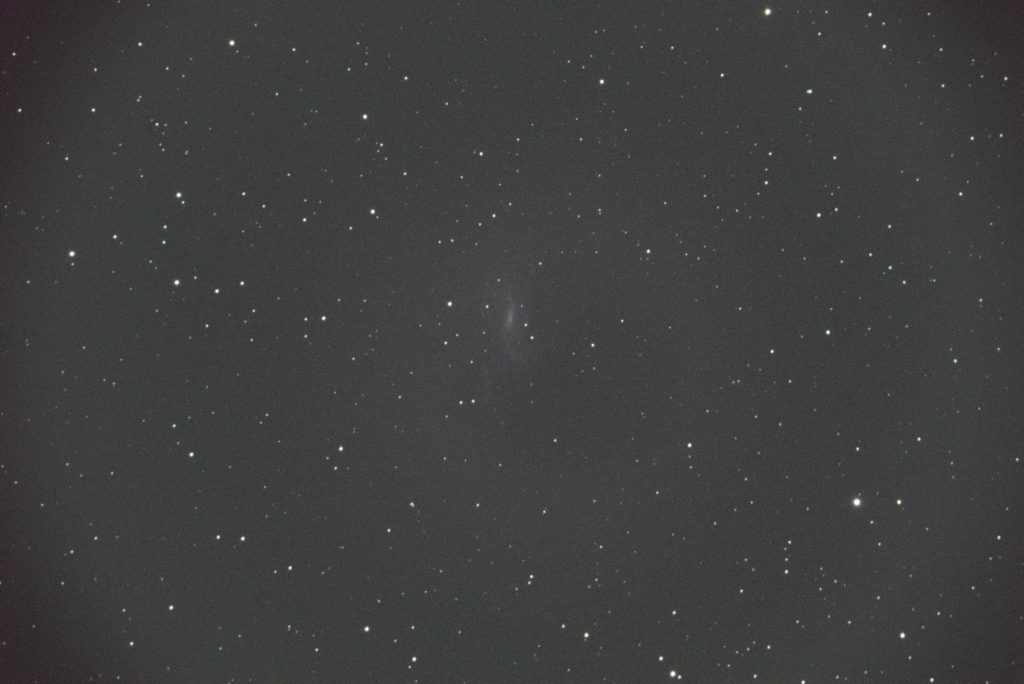
Here is the elephant trunk nebula without any focal reducer, to show the coma (noticeable on the outer stars) of the 8se:
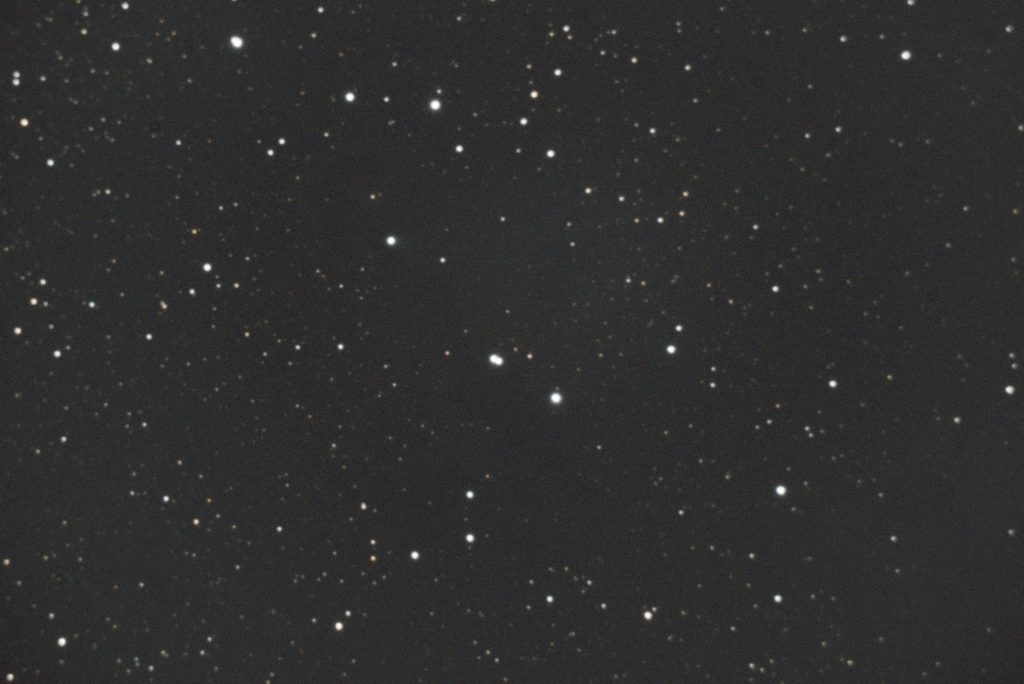
Overall the coma correction is very solid, which is not particularly easy to do on an SCT of this nature while also not introducing other artifacts.
Gradients
Overall, this reducer does a phenomenal job at preventing gradients due to various optical causes (I have increased the vagueness of this statement after discovering many of my previous problems with the Antares reducer were actually caused by Nikon data tampering in the RAW files, so this review will be pretty neutral with regards to comparing the gradients with other equipment, although this reducer is still certainly much higher quality- but also more expensive- than the Antares one). This is very impressive performance given how hard this problem is to mitigate in general.
To demonstrate this, here is a flat frame (I forget if it’s a master flat or a single flat, however this doesn’t matter) from the 8se without any focal reducer at all (automatic background extractor applied):
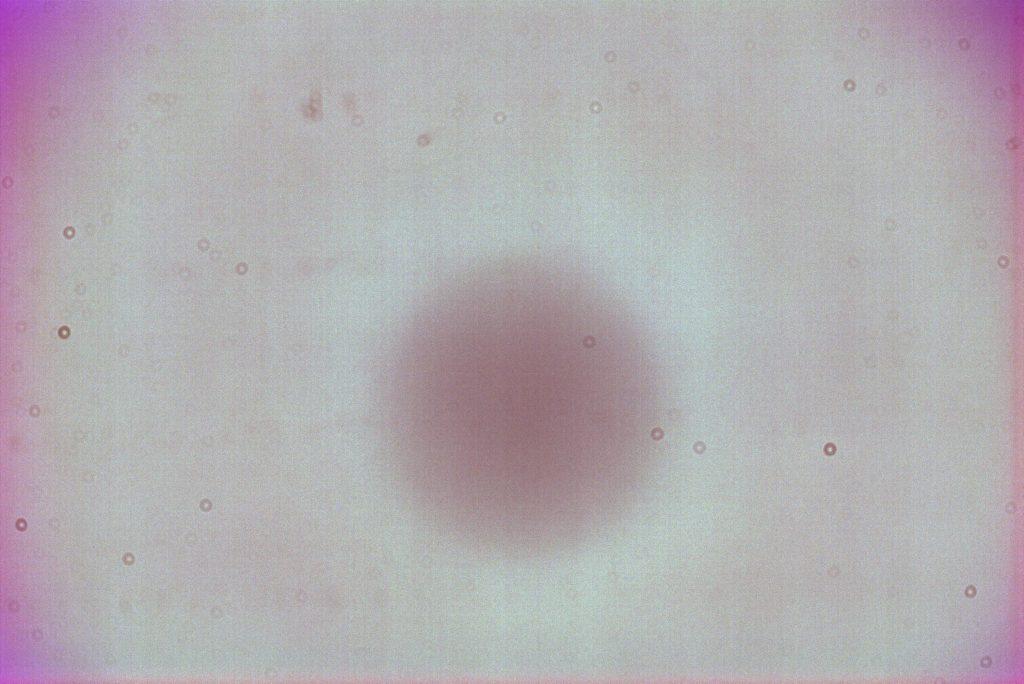
Here is one with the focal reducer in place:
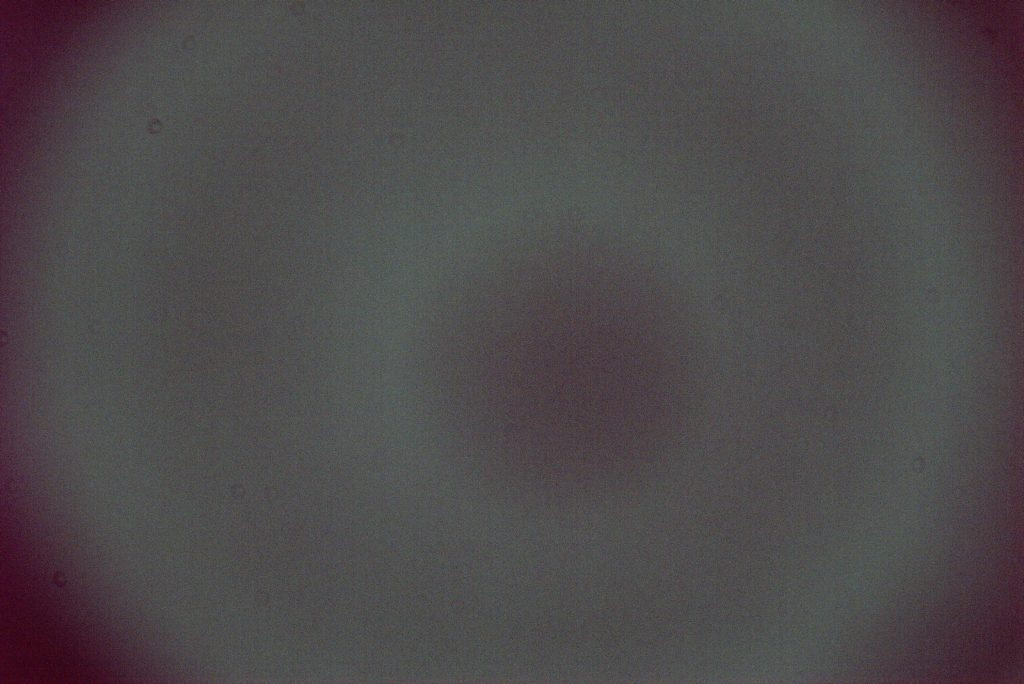
This is essentially just as good! These results are very impressive, given the same on my old Antares focal reducer (I tried the Celestron one as well with almost identical performance to the Antares), which was plagued with problem gradients. Here is a flat with that old reducer in place, showing how bad these gradients can be (edit: these claims should be taken with a grain of salt, as the Nikon data tampering issue may also be involved here because of the higher vignetting of the Antares reducer- see that article for more information on this phenomenon):
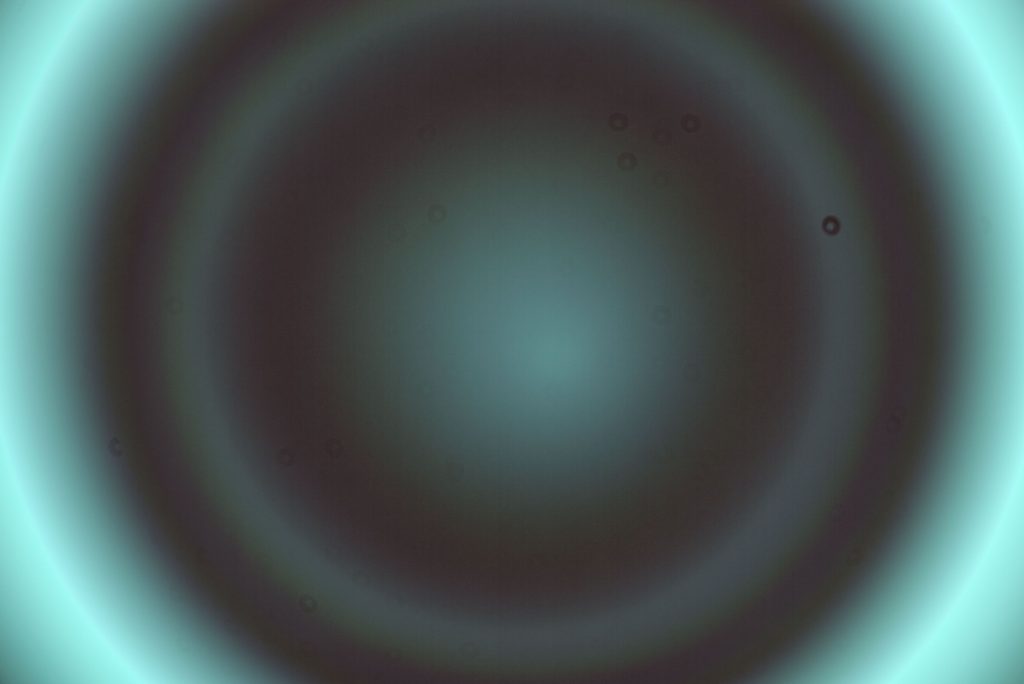
Terrible! Clearly the Starizona outperforms in this category, exceptionally well.
Results
Here are some examples using this focal reducer on the Celestron 8se.
M33
Here is a 90-minute stack of data on M33 using this focal reducer, only hit with automatic background extractor (not ideal for a galaxy that fills the frame) and stretched:
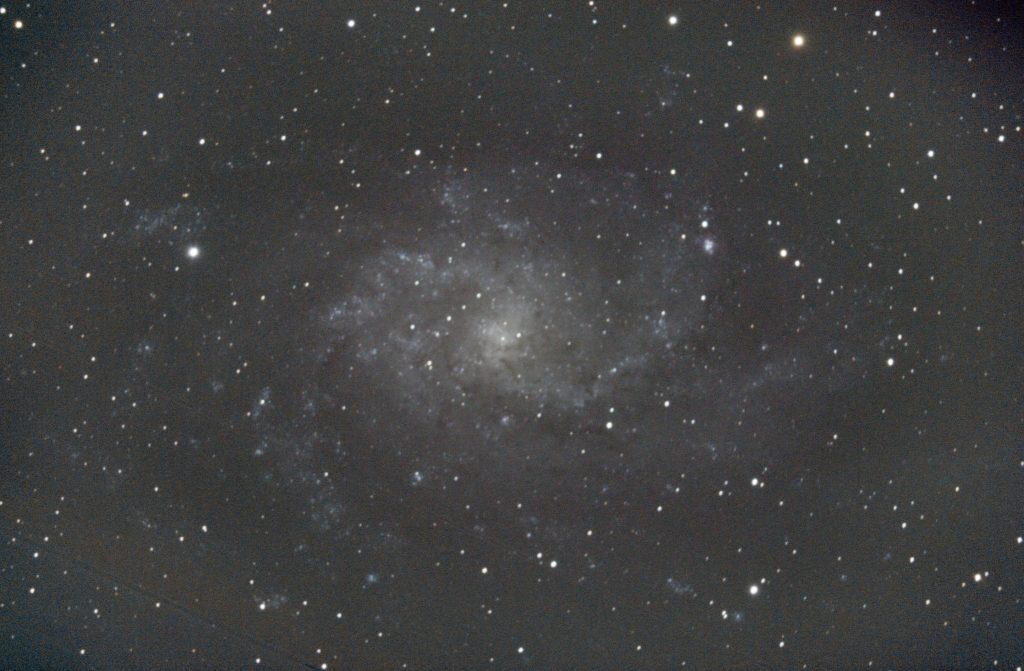
These are very good results on this challenging target. Compare this to a stack using my old Antares reducer:
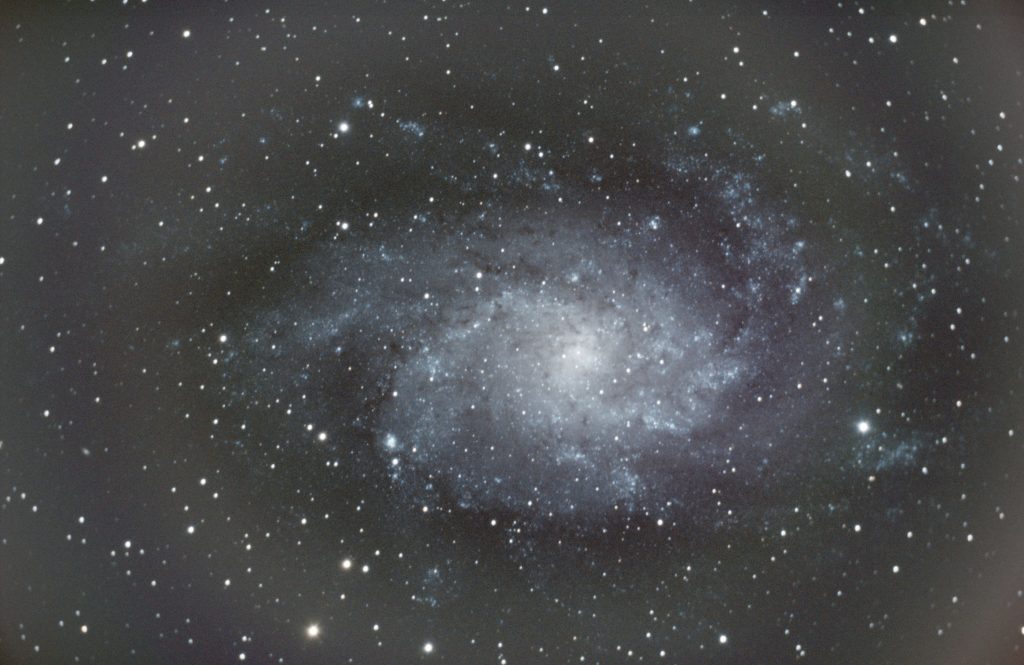
This was performed at a much darker site than the Starizona one however, so the SNR is not an apples to apples comparison, just the general appearance and correction. This is a substantial improvement!
Elephant Trunk Nebula
Here is a 3-hour stack on the Elephant Trunk Nebula, IC 1396, with flat calibration and automatic background extraction, and essentially no other processing:
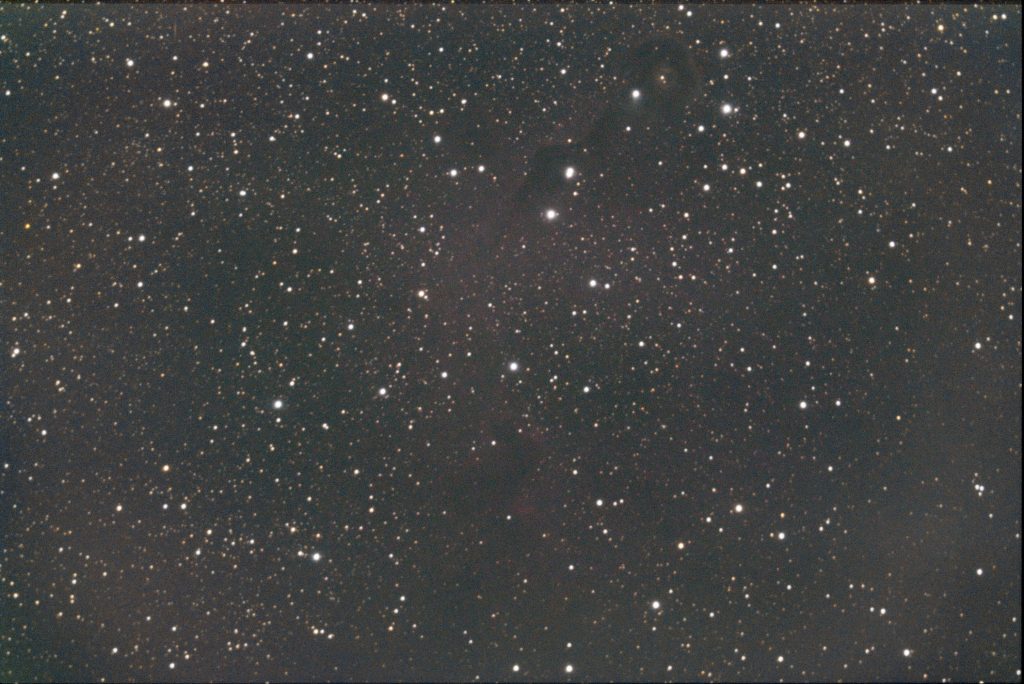
I would call these results superb.
Some More
Here is M13, followed by a 2-panel mosaic of the Veil Nebula, both taken with the 8se and the Starizona (the latter really displays its cleanness because mosaics are very hard to perform if there are ample gradients in each panel!)
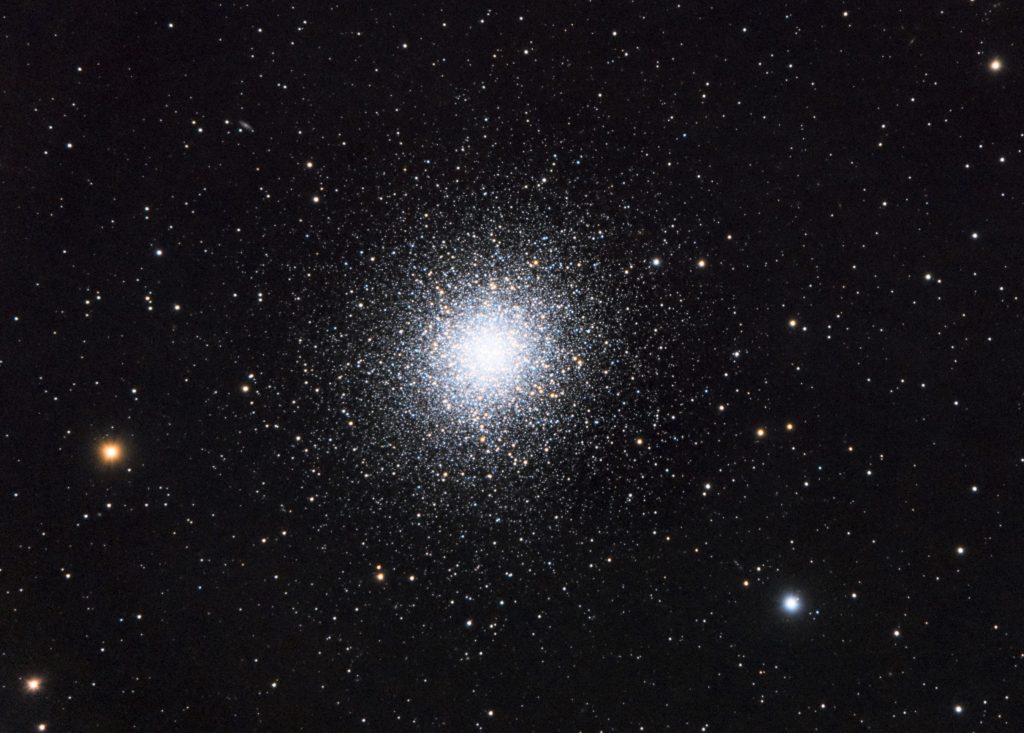
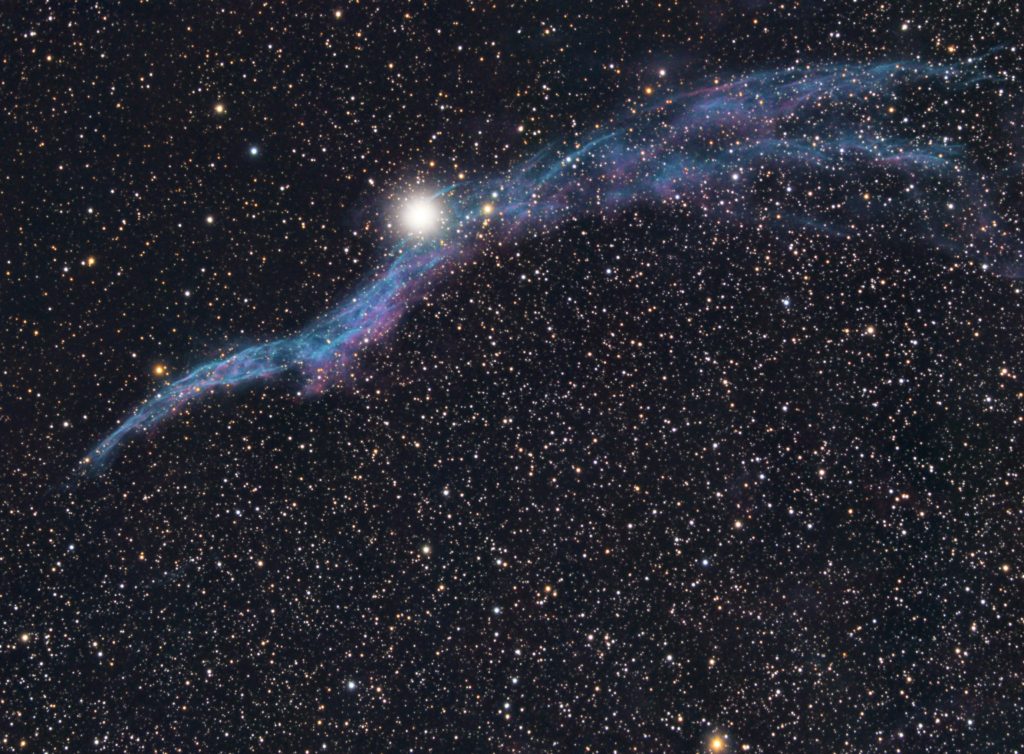
Final Words
Although expensive and requiring detailed and precise setup for ideal optical performance, the Starizona 0.63x Reducer and Corrector lives up to expectations, even in the most demanding situations where other reducers may fail. If you want superior results using a focal reducer on an SCT and can stomach the price, this one is likely to perform phenomenally, both in coma correction and focal length reduction, as well as in maintaining the clarity of the image without adding undesirable gradients.
3 thoughts on “Starizona 0.63x SCT Reducer & Corrector”